Unveiling the Enigmatic Turtle Dove
The Turtle Dove, a name evoking gentle cooing and peaceful countryside scenes, is a bird steeped in natural history and cultural significance. Belonging to the pigeon and dove family (Columbidae), these birds are distinguished by their delicate beauty and subtle, yet complex behaviors. This article delves into the world of Turtle Doves, exploring their biology, habitat, behavior, and their interactions with both the environment and human society.
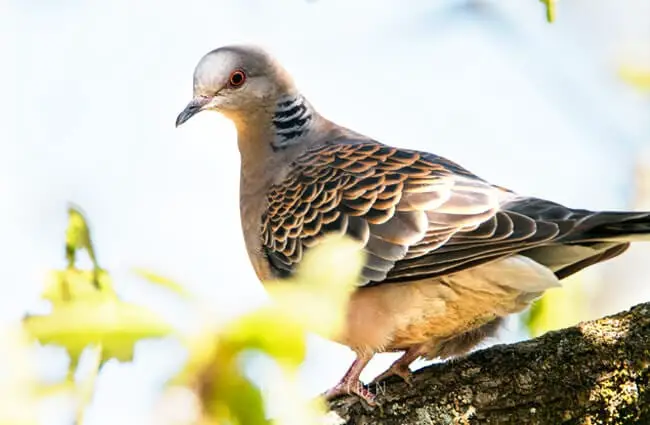
A Family Portrait: Species and Distribution
The term ‘Turtle Dove’ doesn’t refer to a single species, but rather a group of small to medium sized doves within the genus Streptopelia. The most well known species include the European Turtle Dove (Streptopelia turtur), the Oriental Turtle Dove (Streptopelia orientalis), the Rufous Turtle Dove (Streptopelia melanopleura), and the Spotted Turtle Dove (Streptopelia hyposticta). Each species exhibits slight variations in plumage and distribution.
The European Turtle Dove, once a common sight across Europe and parts of Asia, has experienced significant population declines in recent decades. Its breeding range extends from southern Europe to western Asia. The Oriental Turtle Dove, native to eastern Asia, is a more widespread and stable species. Rufous and Spotted Turtle Doves are found in parts of Asia and Africa. Understanding the specific range of each species is crucial for conservation efforts and accurate identification.
Habitat and Diet: Sustaining Life
Turtle Doves are adaptable birds, inhabiting a variety of environments. They prefer open woodlands, hedgerows, farmland, and even suburban gardens. A key requirement for their habitat is the presence of mature trees for nesting and foraging. Farmland with diverse seed sources is particularly important, especially for breeding populations.
Their diet consists almost entirely of seeds. They are particularly fond of seeds from wild plants like sunflowers, rapeseed, and various grasses. They often forage on the ground, picking up fallen seeds, but will also feed on seeds directly from plants. During the breeding season, they also require grit, small pebbles ingested to aid in digestion. A decline in seed availability due to modern agricultural practices is a major threat to many Turtle Dove populations.
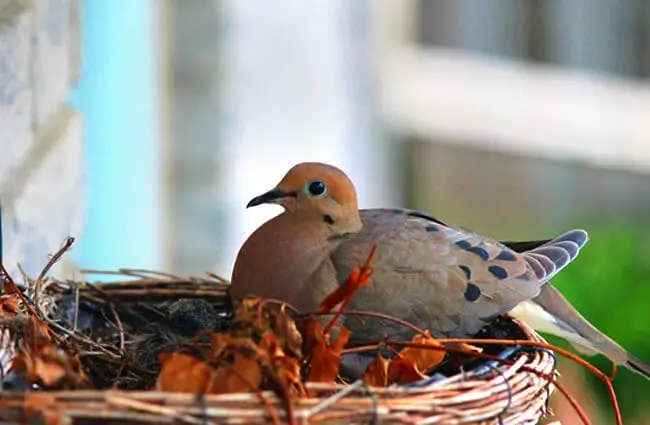
Breeding and Reproduction: A Cycle of Life
Turtle Doves are generally monogamous, forming pair bonds that can last for several breeding seasons. The breeding season typically begins in spring, with males displaying to attract females. This display involves cooing, head bobbing, and presenting nesting material. Nests are simple platforms constructed from twigs and vegetation, often located in dense shrubs or trees.
Females typically lay two white eggs. Both parents share incubation duties, taking turns sitting on the eggs for about 14 to 16 days. Chicks are altricial, meaning they are born helpless and require extensive parental care. Parents feed their young ‘crop milk’, a nutritious secretion produced in their crop, for the first few days, gradually transitioning to seeds. Fledglings leave the nest after about 18 to 21 days, but remain dependent on their parents for several more weeks.
Evolutionary History: Tracing Ancestry
The evolutionary history of Turtle Doves is intertwined with the broader evolution of the pigeon and dove family (Columbidae). Fossil records suggest that the family originated in Asia around 30 million years ago. The genus Streptopelia is believed to have diverged from other dove lineages several million years ago. Genetic studies are continually refining our understanding of the relationships between different Turtle Dove species and their ancestors. The ability to adapt to different environments and food sources has played a key role in their evolutionary success.
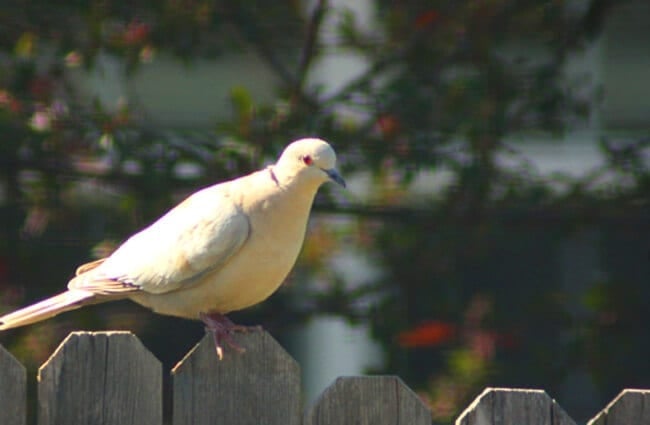
Ecological Role and Interactions
Turtle Doves play an important role in seed dispersal. By consuming seeds and excreting them in different locations, they contribute to plant propagation and forest regeneration. They also serve as a food source for birds of prey, such as hawks and falcons, and occasionally for mammals. Their presence can indicate a healthy and diverse ecosystem.
They interact with other bird species through competition for resources, particularly food and nesting sites. They can also be affected by parasites and diseases, which can spread through bird populations. Understanding these interactions is crucial for managing and conserving Turtle Dove populations.
Cultural Significance: A Symbol Through Time
Turtle Doves have long held symbolic meaning in various cultures. In many Western traditions, they represent love, fidelity, and peace. They are frequently depicted in art, literature, and poetry. The ‘Two Turtle Doves’ are a well known symbol from the song ‘The Twelve Days of Christmas’, representing love. In some cultures, they are considered a symbol of good luck and prosperity.
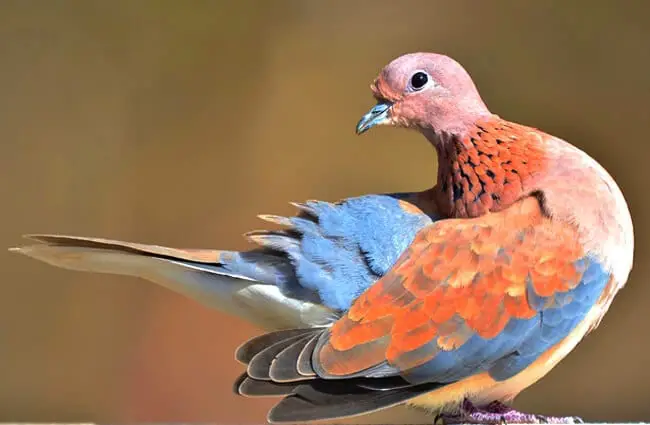
Conservation and Management
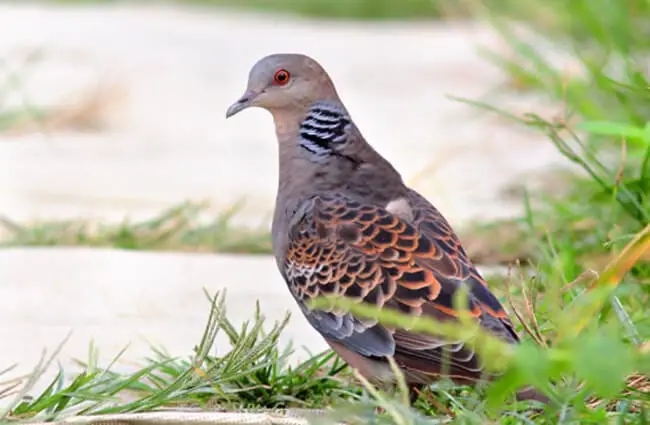
Conservation and Management
Conservation efforts include habitat restoration, promoting sustainable farming practices, and enforcing laws against illegal hunting. Providing supplementary feeding during the breeding season can also help support populations. Citizen science projects, such as bird surveys and monitoring programs, play a vital role in tracking population trends and assessing the effectiveness of conservation measures.
If You Encounter a Turtle Dove
If you encounter a Turtle Dove in the wild, observe it from a distance and avoid disturbing it. Do not attempt to approach or handle the bird, as this can cause stress. If you find an injured or distressed bird, contact a local wildlife rescue organization for assistance. Reporting sightings to bird monitoring programs can also contribute to conservation efforts.
Captive Care
Caring for Turtle Doves in captivity requires providing a spacious aviary with plenty of perches and nesting material. The birds should have access to fresh water at all times. A balanced diet of seeds, supplemented with fresh greens and occasional protein sources, supports healthy growth. Regular cleaning and disinfection of the aviary are essential to prevent disease. Avoid overcrowding and provide enrichment, such as branches and toys, to stimulate natural behaviors.
Fascinating Facts
- Turtle Doves are known for their distinctive cooing song, which can be heard over long distances.
- They can fly at speeds of up to 50 kilometers per hour.
- They are capable of navigating long distances using the Earth’s magnetic field.
- Their plumage is often iridescent, shimmering in the sunlight.
- They have a lifespan of up to 15 years in the wild.
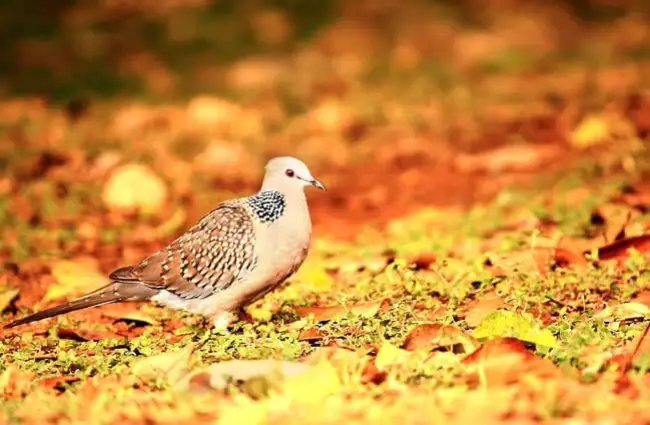
The Turtle Dove, with its gentle nature and delicate beauty, is a remarkable bird deserving of our attention and protection.

![Red Angus Closeup of a beautiful Red Angus cowPhoto by: U.S. Department of Agriculture [pubic domain]https://creativecommons.org/licenses/by/2.0/](https://animals.net/wp-content/uploads/2020/03/Red-Angus-4-238x178.jpg)




![Red Angus Closeup of a beautiful Red Angus cowPhoto by: U.S. Department of Agriculture [pubic domain]https://creativecommons.org/licenses/by/2.0/](https://animals.net/wp-content/uploads/2020/03/Red-Angus-4-100x75.jpg)

